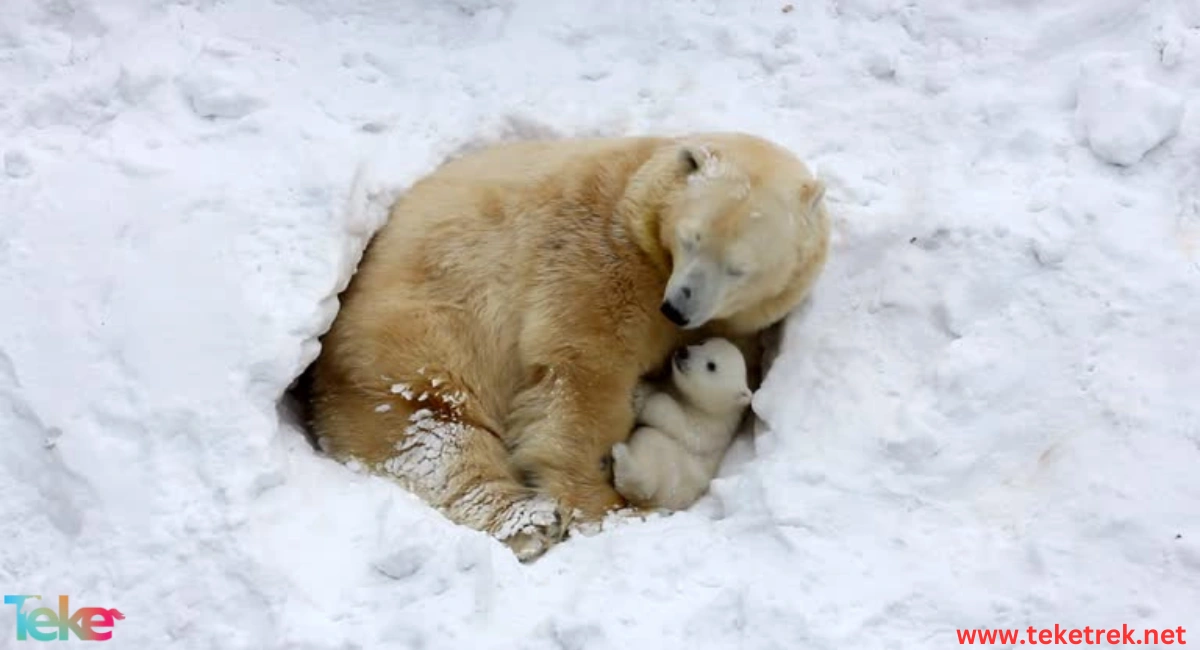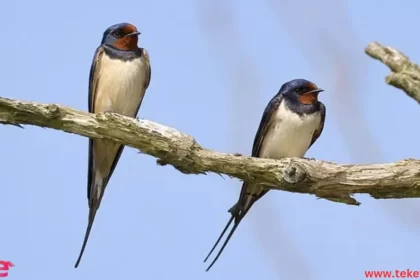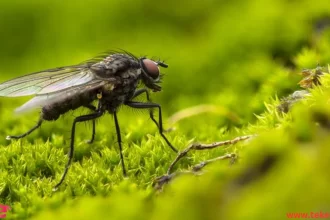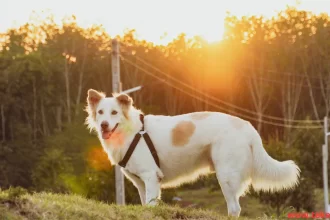Animals’ survival strategies in winter are among the most amazing things that reflect the intelligence of these creatures and God’s creativity in creating them, as they resort to them to protect themselves from harm that may befall them when temperatures drop severely, and when changes may occur in their environments.
Various living organisms, including humans, animals, and plants, resort to unique and sometimes strange survival strategies. The winter season brings with it snow, rain, and extreme cold, making it one of the most difficult challenges these organisms face during this season.
In this article, we will learn together about the most prominent survival strategies that animals adopt during the winter, including behavioral and physiological adaptations that nature has developed over the days, in addition to the impact that these strategies have on the ecosystem. Follow along with us.
Animal survival strategies in winter:
As we mentioned at the beginning, animals of all kinds follow many strategies and adaptations that help them maintain their lives during the cold days of winter, so we will mention to you the most prominent of them as follows:
Animals that hibernate in the winter:
Winter hibernation is one of the most prominent techniques that some wild animals adopt to maintain their survival during the winter. This technique involves reducing the energy consumption needed to perform daily activities and maintaining their body temperature, by reducing metabolic rates, which in turn leads to decreased breathing rates and reduced The heart beats, so it relies for its nutrition during this period on the fats it stored in the warm seasons.

Freezing and then coming back to life:
Freezing and then returning to life is one of the strangest survival strategies for animals in the winter. Wood frogs are among the most prominent examples of this, as their entire bodies (including the heart and blood) freeze during the winter. The reason for their ability to survive is that their blood contains chemicals that transform… Without the formation of ice crystals within the cells.
Pre-storage of food:
This strategy is evident in collecting and storing food during warm days to be used when food resources are scarce during the winter. For example, squirrels resort to collecting nuts and seeds and then storing them in specific places, in addition to beavers that build underwater food stores from leaves and branches, which… It reduces the need for these organisms to venture out during harsh climatic conditions to obtain food.
Physical adaptation:
Physical adaptation is one of the most prominent animal survival strategies in winter, such as polar bears, which have thick fur and a thick layer of fat under the skin that protects them from the cold, in addition to whales, whose bodies contain a layer of fat that protects them from freezing. In addition, short limbs and large size help reduce weight loss. Heat loss.
Amazing strategies of microorganisms:
Despite their small size, microorganisms have a set of adaptations and strategies that maintain their survival in the winter, the most prominent of which we will mention to you below:
Entering a state of microscopic hibernation:
Microscopic hibernation, or as it is known as microscopic sleep or fermentation, is a strategy used by microorganisms such as fungi, algae, and bacteria to reduce their metabolic activity to a minimum, in order to maintain their survival under harsh climatic conditions such as freezing and drought. It should be noted that when temperatures begin to improve, they return to their activity. Complete and its various vital processes.
Production of natural antifreeze:
Some microorganisms have the ability to produce natural antifreezes as a survival strategy. Some marine bacteria secrete antifreeze proteins that prevent the formation of ice crystals within their cells, meaning they protect the cells from any damage during freezing, so we see them active in polar and cold waters.
Environmental impact of animal survival strategies in winter:
Animal survival strategies in winter affect the environment and ecosystem. We will point out some of these strategies and the impact of each of them:
Winter hibernation, which many animals resort to to maintain their survival in the winter, such as bears and squirrels. This strategy contributes to alleviating the pressure on the few food resources in the winter, but it may also affect environmental interactions through the decline of the vital role of animals within the ecosystem during this period. Temporality.
The strategy of freezing and then returning to life is an amazing way for animals to adapt to the extreme drop in temperature. However, freezing limits the environmental interaction of these organisms for a temporary period of time, but with the arrival of spring they return to life and contribute to the environmental balance.
The strategy of storing food in advance helps some animals, such as squirrels, maintain their lives during the winter, as their environmental role is manifested in achieving a balance between demand and supply for food sources, and thus protecting these sources from depletion during the winter.
The physical adaptation strategy adopted by some animals, such as seals and polar bears, which is evident in their thick fur and thick layers of fat that protect them from the cold, contributes to achieving balance within the food chain, and limits organisms’ competition for available resources.
Lessons from nature for animal survival:
Studying animal survival strategies in winter contributes to humans gaining a deeper understanding of ways to adapt to harsh climatic conditions and using them in several fields. For example, in the field of engineering and technology, studying the physiological adaptation strategies followed by polar animals helps in developing sustainable cooling and heating systems, in addition to heat exchange strategies that Tracked by these animals, it is possible to use them in the manufacture of climate control devices for buildings, which leads to reducing energy consumption.
In this context, we must point out that these strategies may help in developing technologies for developing insulated clothing, and this is what many leading companies have relied on in designing winter and sports clothing, in addition to introducing anti-freeze materials in the transportation and aviation industry, based on what Some animals produce natural antifreezes that protect them from the cold.
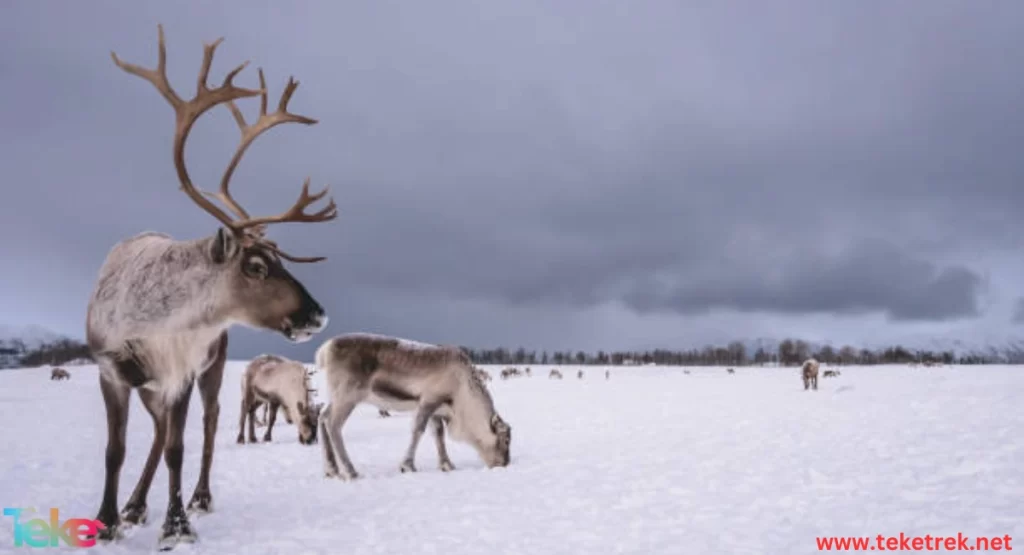
FAQ:
How can an animal live in extreme cold?
It can do this through physiological adaptations that it enjoys, such as containing a thick layer of fat under the skin, in addition to growing a dense layer of fur that helps it protect itself from the cold.
What are the cold ways in which animals adapt to winter?
There are various methods, the most prominent of which are: hibernation, storing food, changing fur, group gatherings, in addition to producing natural antifreezes and many others.
What animals can survive in winter?
There are many animals that have the ability to survive the winter, most notably squirrels, deer, skunks, and beavers.
How do animals live in the cold?
These animals survive the winter thanks to some adaptations, such as metabolism, thick fur, and thick layers of fat found under the skin.
How does the body regulate its temperature in cold conditions?
Animals regulate their body temperature on cold days by following several physical, behavioral, and physiological adaptations, such as: heat exchange systems specific to some animals, winter hibernation, increased metabolic rates, and many other methods.
In conclusion, animal survival strategies in winter are amazing things that reveal to us the features of innovation and creativity that nature possesses when it comes to survival. Therefore, based on the rapid climate fluctuations, we must preserve the environment to support these creatures and help them face the challenges they are exposed to. In addition to maintaining the balance and sustainability of the ecosystem, let us appreciate the value of every living organism and its importance in the ecological fabric.

